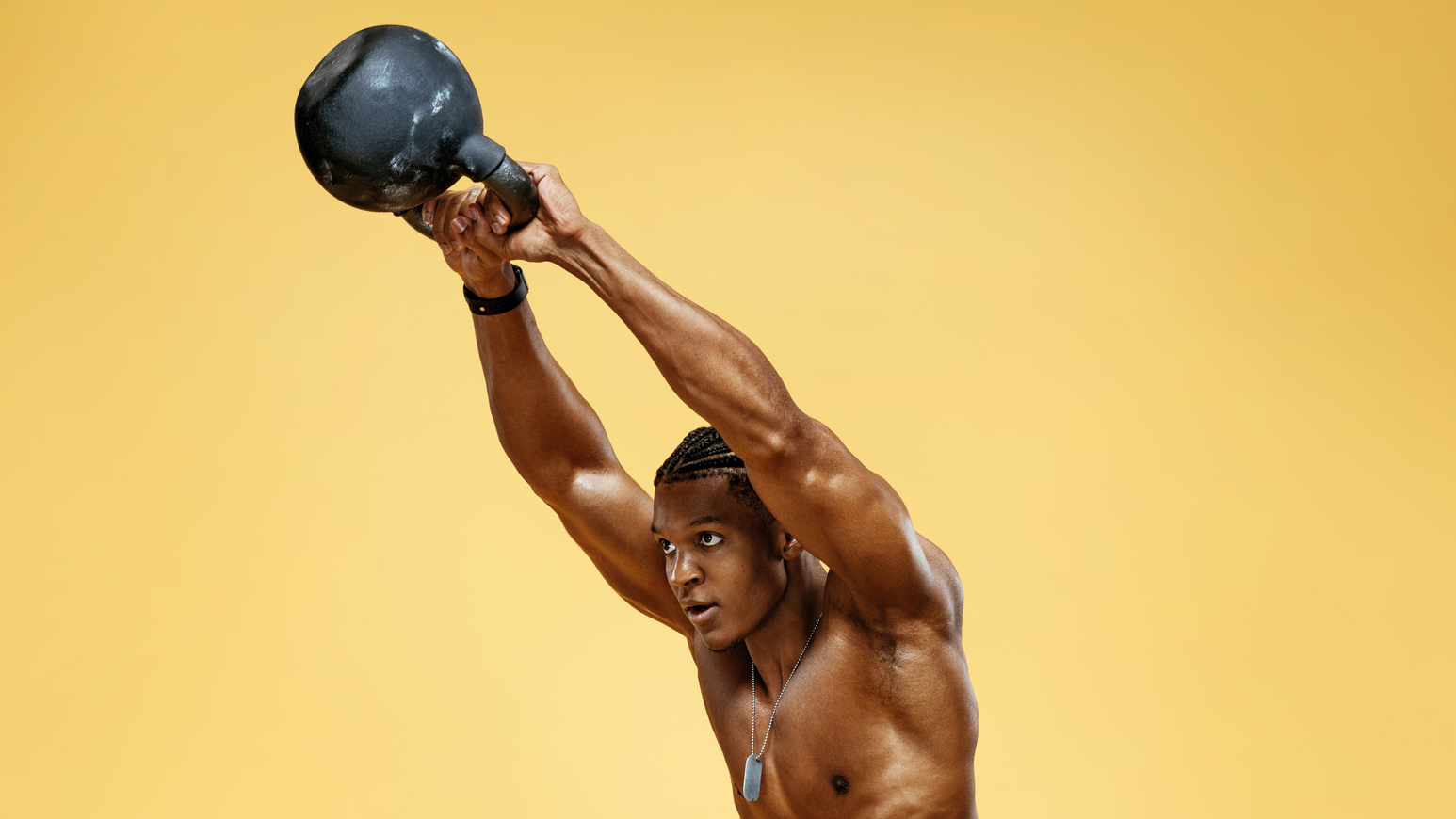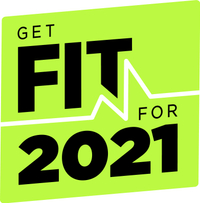

You might think you know how to do kettlebell swings but you are wrong. The kettlebell swing is one of the best home workouts you can do as it requires very little equipment – the best kettlebell, obviously – yet it builds endurance, burns fat, emphasises muscle definition and more.
And just like any other workout where you use heavy weights, doing kettlebell swings using the incorrect form can result in injury and not gains.
Performed correctly, though, kettlebell swings can do wonders to your body, so much so that there is a whole workout based around this one exercise. The 10,000 swings kettlebell workout takes four weeks and it is said to make your abs and your glutes pop plus massively improve grip strength. What's not to love about the swing?
How to do a proper kettlebell swing
First and foremost, the kettlebell swing is not a squat, nor it is a deadlift. The kettlebell swing is a hip-hinge exercise: the hip is fixed in the three-dimensional space as you fling the iron orb up and down. Bending the knee and/or the back too much might not work the right muscles or worse, cause discomfort or injury.
Starting position is the kettlebell resting on the floor in between your legs, legs are a little bit over shoulder width apart. Reach down for the kettlebell and grab it firmly with both hands. The back is straight and the core is engaged. Lift the kettlebell off the floor, swing it forward a bit to gather some momentum, then swing it back between your legs.
• 10,000 swings kettlebell challenge TESTED
From here, pull it up almost all the way to eye level and then pull it back down in between your legs. To maximise muscle under tension, we would recommend not resting when the movement reaches its apex point: don't let the kettlebell fall down, pull the it down hard to work those muscles all the way through the workout.
Sign up to the T3 newsletter for smarter living straight to your inbox
Get all the latest news, reviews, deals and buying guides on gorgeous tech, home and active products from the T3 experts
The back is straight all the way through, we can't stress this enough. Bending the back will put a lot of pressure on the lower back and it can result is pulling the muscles. the legs are also straight but the knees are not locked, let them bent just a bit so when the kettlebell comes down, the hamstrings are not stretched too much.
After the last rep, pull the kettlebell down once more and as opposed to lifting it up again, let the momentum swing it back forward a bit while you 'sit back' into the movement, counterbalancing the weight. Don't forget to keep your back straight and the spine in a neutral position.
- Best kettlebell workout
- 2-move full body workout with one kettlebell
- 3-move kettlebell arm workout
Best kettlebell swing variations
Alternating kettlebell swing
The alternating kettlebell swing is a brilliant unilateral move that can help working on both sides of the body with equal intensity. Our bodies have the tendency of dispensing the effort into as many different muscles as possible, so by using one arm at a time, we can make sure both arms are worked equally as hard.
Split stance single arm kettlebell swing
Similar to the one above but in this variety, your stance is different. This version attacks the glutes from a different angle.
Kettlebell swing and high pull
The kettlebell swing and high pull is a more advanced move and required some experience and control over the kettlebell. By adding the pull movement at the top, you will work the back of the shoulders even more.
American kettlebell swing
There is an argument about which version of the kettlebell swing is better: the standard russian variety or the American kettlebell swing. the argument is that in the AMerican version, the shoulder muscles are activated for longer and it's also good for shoulder mobility. People who are against this method say it's not that much more beneficial than the standard version and also puts your head at greater risk. We'll let you decide, but either way, be careful.
On recovery and nutrition
To avoid any injuries and to help recovery, stretch after every strength training session. Foam rollers can be found in most gyms and you can buy them on Amazon too, a quick and inexpensive way to massage the tired muscles.
Also, keep an eye out on your protein intake. If you are doing strength training, try taking in around 2 grams of protein for each kilogram of body weight per day. So, if you weigh 70 kg, you'll need to eat 140 grams of protein per day. Humans haven't got protein reserves, so you have to continuously take protein in throughout the day.
And make sure you drink plenty of water as well. A decent gym water bottle doesn't cost all that much.

This is part of T3's Fit for 2021 programme, which will be running throughout January. We aim to bring you tips on diet, lifestyle and exercise that will help you shape up for what is certain to be a difficult year. One thing we can guarantee: it WILL be better than last year. And hopefully we'll help you get the most out of it.

Matt Kollat is a journalist and content creator who works for T3.com and its magazine counterpart as an Active Editor. His areas of expertise include wearables, drones, fitness equipment, nutrition and outdoor gear. He joined T3 in 2019. His byline appears in several publications, including Techradar and Fit&Well, and more. Matt also collaborated with other content creators (e.g. Garage Gym Reviews) and judged many awards, such as the European Specialist Sports Nutrition Alliance's ESSNawards. When he isn't working out, running or cycling, you'll find him roaming the countryside and trying out new podcasting and content creation equipment.
-
 Leaked AirPods prototype looks like Nothing... literally
Leaked AirPods prototype looks like Nothing... literallyAnd we are here for them
By Britta O'Boyle Published
-
 OnePlus Watch 3 lands in the UK with a flurry of freebies and a huge discount
OnePlus Watch 3 lands in the UK with a flurry of freebies and a huge discountThe new titanium-clad smartwatch brings 120-hour battery life, ECG health checks, and some serious launch offers
By Matt Kollat Published